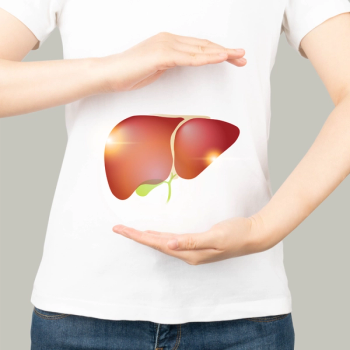
Expert Breaks Down New CDC Masking Guidance, and What It Means for Patients With Cancer
An oncologist from Johns Hopkins Medicine outlines why the Centers for Disease Control and Prevention changed its masking guidance in 2022, and why high-quality masks are particularly important for patients with cancer.
In late January, the Centers for Disease Control and Prevention (CDC) changed its masking recommendations to strongly urge individuals to use high-quality N95 or KN95 masks to help protect them from contracting COVID-19.
This recommendation is particularly important for individuals with cancer, as the disease or the treatment may result in them being immunocompromised, and experts say that patients should seek out the highest level of protection, especially when visiting hospitals and clinics.
However, the early days of the pandemic in 2020 led to a mask shortage where prices skyrocketed — if people could find masks at all. Organizations like the CDC were also urging people to reserve N95 masks for health care workers, not the patients they were treating. With this recent change, patients with cancer may be wondering if they should purchase these high-quality masks, and if so, how long they can use them before throwing them out.
To de-mystify masking and gain a better understanding of
Transcription:
So, you know, originally in the pandemic, there was a shortage of high-quality masks — and particularly N95 masks — and there was concern that health care providers actually might not have access to masks. In fact, it wasn't just a concern, it in fact materialized where we had people fashioning masks at home even out of things like coffee filters and rubber bands to see patients who were hospitalized with COVID-19. So, the original recommendations were really in the context of a mask shortage and the need to conserve those for the group that was at highest risk of exposure with the fewest opportunities to mitigate that exposure.
As time has gone on, two things have happened. One is that these masks are now readily available, not only N95 masks, but also KN95 masks, which are the Chinese equivalent of an N95 masks, and KF94 masks, which are the equivalent from South Korea. And the other thing that has that has happened is that of course, we have had the emergence of the Omicron variant, which differs from the earlier variants in two important ways. One is that it is much more transmissible. So, you know, with the original coronavirus, what we call the ancestral virus, people were transmitting that on average, to two to three other people, each infected person would give that virus to two to three other people. Now with this variant, you know, people are transmitting on average to 15 or more people, and so it's just much more transmissible.
The other thing that has come about is, of course, we've had vaccines now for a little over a year. But this variant has some degree of immune escape, meaning that people who've been previously infected, and even some people who are vaccinated or vaccinated and boosted, have become infected. And that is a little bit different than earlier in the pandemic where having had a full vaccination series or having had a recent COVID-19 infection was fairly protective. We can't necessarily rely on that to the same degree now just because this is so much more contagious.
So I think that the change in recommendations was, you know, really a national change and it's not specific in any way to people who are immunosuppressed or immunocompromised. However, groups of patients who are immunosuppressed or immunocompromised or have some other important risk factor, are at greater risk of developing severe COVID-19, and so the need to avoid a breakthrough infection in them is just much greater than it is for the general public.
For more news on cancer updates, research and education, don’t forget to




